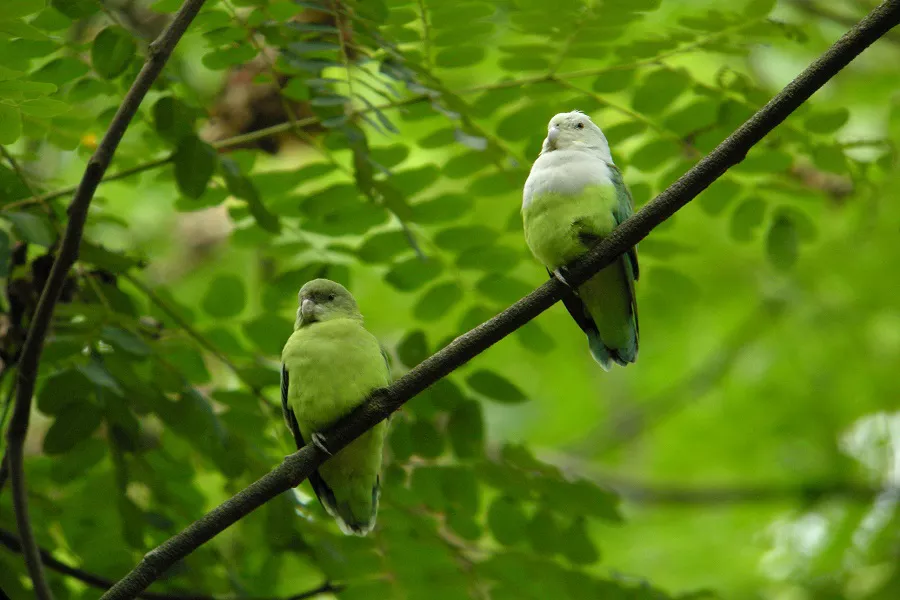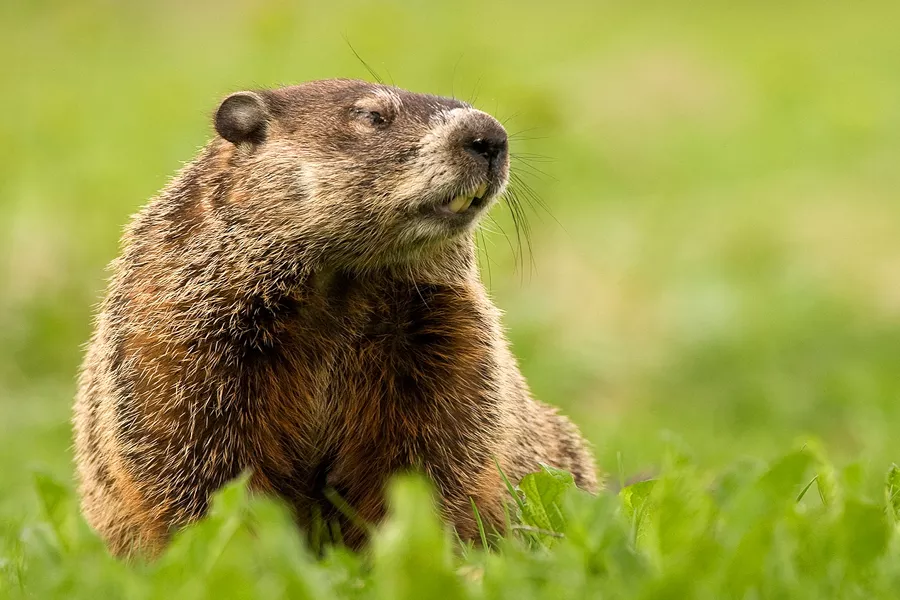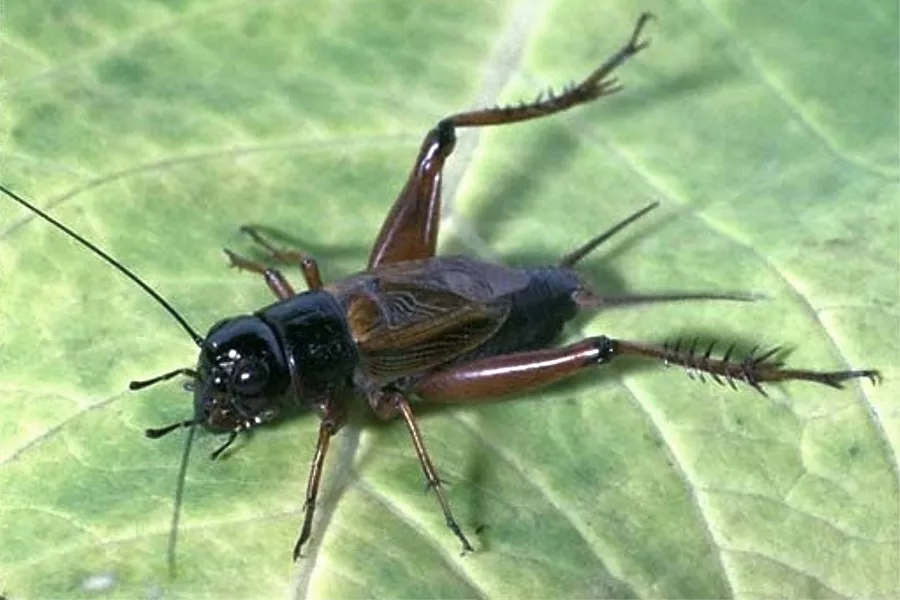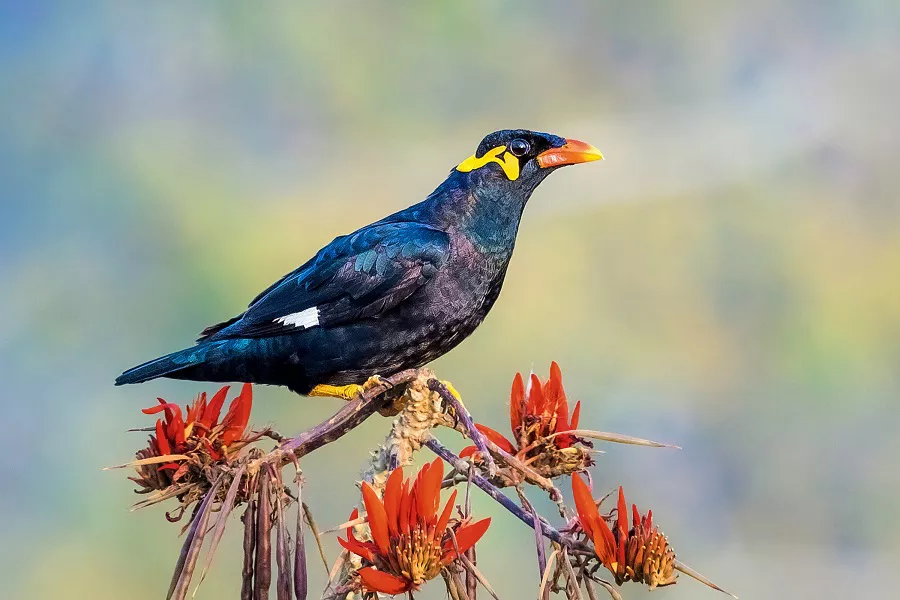What is a grey headed lovebird?
grey headed lovebird (scientific name: Agapornis canus): 13-15 cm in length and 25-28 g in weight. The upper body of the male bird is grass green, and the head and wing coverts of the female bird are green. The head, neck and chest are pale grey, with a copper-green collar on the back and side of the neck, nearly blue-black in front of and through the eyes, and a black band under the cheeks. The abdomen, sides of the body and inner tail coverts are yellow-green, and the inner wing coverts are black. Beak white, eyes black.
What does a grey headed lovebird look like?
The grey headed lovebird is a small parrot, 13-15 cm in length and 25-28 g in weight. The body feathers are mainly green. The male is grass green on the upper body, light gray on the head, neck and chest, with a copper-green collar on the back of the neck and the side of the neck, nearly blue-black in front of the eye and the eye line, and a black band under the cheek. The abdomen, sides of the body and inner tail coverts are yellow-green, and the inner wing coverts are black. The beak is grayish-white, and the iris is brown. Legs and feet are grey.
The female’s head and wing coverts are green. Juveniles and adults are very similar in body colour, young males with green necks, occasionally all green like females, and grey-black beaks.
grey headed lovebird living habits
Grey headed lovebirds form colonies of around 5-20 birds during the breeding season, occasionally reaching as high as 80; when flying, they will be accompanied by a shrill chirping, which is quite obvious; they spend most of the day on the ground foraging Feeding, very cautious and difficult to approach; usually gathers with finches, if disturbed or a predator approaches, it will make a high-pitched chirping and then fly away quickly; usually prefer to perch on the highest branches of trees Dry, and sometimes even perches on utility poles.
It mainly feeds on grass seeds on the ground, grains and millets that fall from the crop transport vehicles on the road; it also picks up dry rice grains in the suburbs or villages to eat.
grey headed lovebird rearing
Parrot food should not be too single, it is necessary to maintain the diversity of food, and it can be fed with mixed food after reasonable matching. The specific mixing ratio is as follows:
【Ratio of egg to rice】
1 kg of millet is made by stirring and heating 4 egg yolks, accounting for about 40% of the total feeding amount;
【Rice ratio】
Rice can supplement starch, protein, trace elements and vitamins for parrots, and can also increase the chewing ability of the beak, accounting for about 30% of the total feeding amount;
【Grain ratio】
Generally account for 10% to 15% of the total feeding amount
【other】
1. You can feed grapes, apple pulp (the core part is poisonous), strawberries, cucumbers, carrots, spinach and other vegetables and fruits as snacks, but in moderation.
2. Nutritious sand contains nutrients such as calcium, iron and various trace elements, which are beneficial to parrot bone health and coat color.
3. Squid bones and egg shells are a combination of calcium supplementation and toys, which can allow parrots to supplement some calcium during play.
4. Parrots love to eat oil crops such as nuts, but they should pay attention to feeding them in moderation. Be careful that parrots suffer from fatty liver, obesity and other diseases due to eating too much.

















